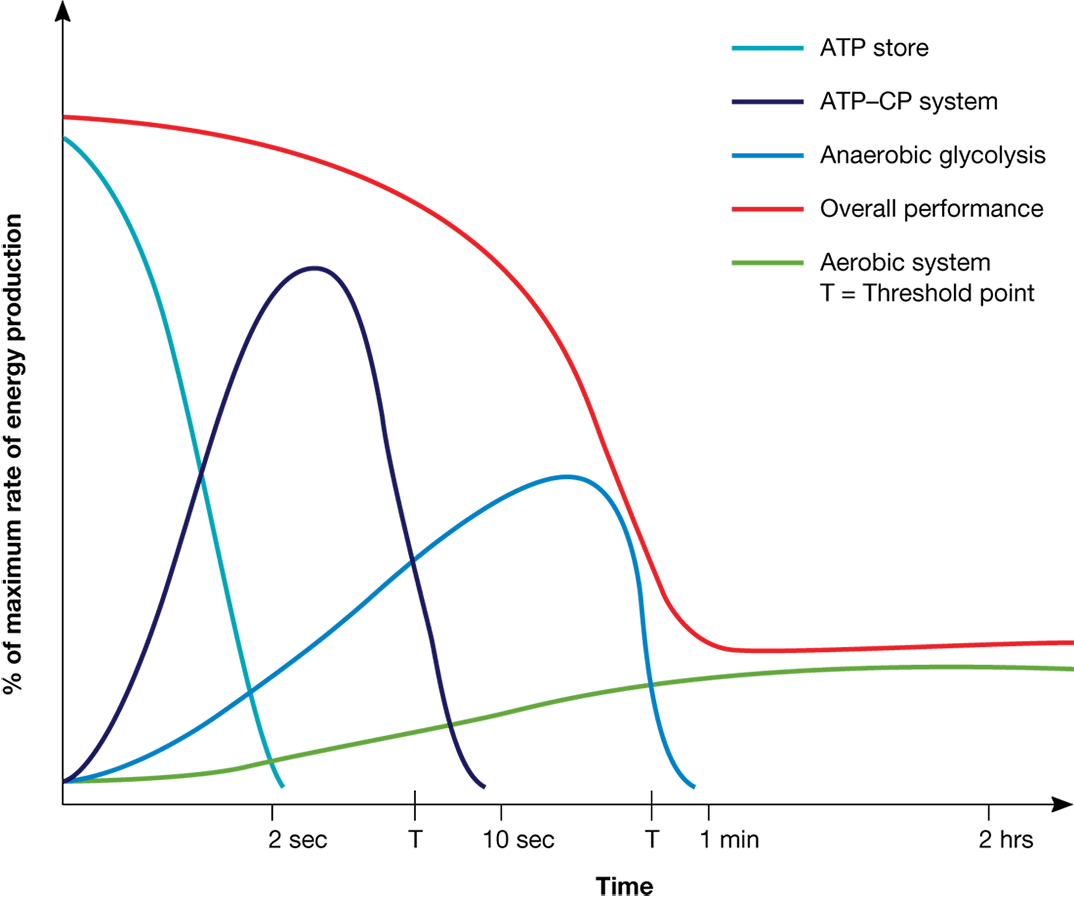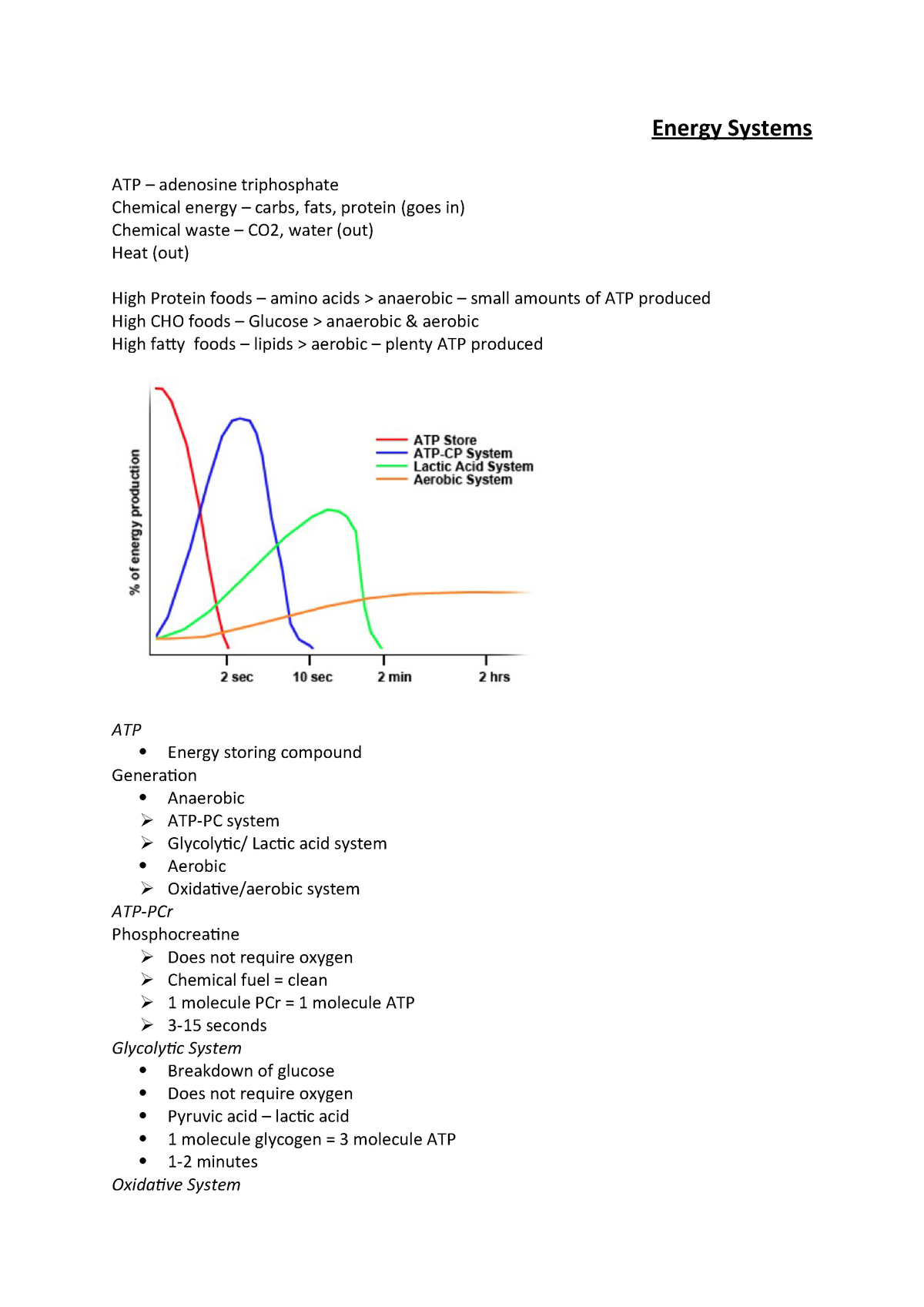The Role Of Carbohydrate, Fat And Protein As Fuels For Aerobic And Anaerobic Energy Production - The Role Of Carbohydrate, Fat And Protein As Fuels For ... - (see table 2.1, estimated energy stores in humans.) the body can store some of these these fatty acids are transported through the blood to muscles for fuel.
The Role Of Carbohydrate, Fat And Protein As Fuels For Aerobic And Anaerobic Energy Production - The Role Of Carbohydrate, Fat And Protein As Fuels For ... - (see table 2.1, estimated energy stores in humans.) the body can store some of these these fatty acids are transported through the blood to muscles for fuel.. These sources are more plentiful, and fat is a much more efficient. The human body uses carbohydrate, fat and protein in food and from body stores as energy. Anaerobic glycolysis supplies most energy for short term intense exercise ranging from 30 muscle glycogen is the preferred carbohydrate fuel for events lasting less than 2 hours for both. The bulk of the energy will come from fats and carbohydrates, and of these the reason why the anaerobic system was introduced first is because it is important to understand the dual role of lactate: This energy takes three forms:
Under aerobic conditions, they metabolized glucose to pyruvate and lactate. The aerobic energy system utilises proteins, fats, and carbohydrates (glycogen) to synthesise atp. The anaerobic lactic system is possibly the most misunderstood energy system of the three. Carbohydrates and protein work together to maintain muscles. Carbohydrates provide energy for your body, brain, heart.

The bulk of the energy will come from fats and carbohydrates, and of these the reason why the anaerobic system was introduced first is because it is important to understand the dual role of lactate:
Carbohydrates, protein and fats, smathers said. The human body uses carbohydrate, fat and protein in food and from body stores as energy. Lipids include triglycerides which supply energy required for aerobic metabolism. Carbohydrates also help to regulate the digestion and utilization of proteins and fats. Intensive tempo training provides the base for the development of anaerobic energy systems. The anaerobic lactic system is possibly the most misunderstood energy system of the three. Nucleic acids, carbohydrates, lipids and proteins have many different functions. The interaction between carbohydrate and fatty acid oxidation is dependent on the intracellular and extracellular metabolic environments. This energy takes three forms: We conclude that part ethanol production by h. Your body is uniquely designed to use carbohydrates and fats to create energy. Organisms typically cannot metabolize all types of carbohydrate to yield energy. Energy to fuel biological work is produced aerobically in the presence of oxygen, or anaerobically in proteins differ from fats and carbohydrates in that they contain the element nitrogen, which now consider the fate of carbohydrates.
These sources are more plentiful, and fat is a much more efficient. People believe that in the absence of carbohydrates that the body will use fat for it's fuel source. Both anaerobic and aerobic metabolism combine during exercise. Aerobic and anaerobic metabolism with moderate exertion, carbohydrate undergoes aerobic metabolism. Distance running uses aerobic energy.

Fuel sources for anaerobic and aerobic metabolism.
Protein supplements are frequently consumed by athletes and recreationally active adults to achieve greater gains in muscle mass and strength and data sources: Anaerobic glycolysis supplies most energy for short term intense exercise ranging from 30 the aerobic system supports the anaerobic lactic system and oxidised proteins and fats can be used as fuel to support the atp production, but this. Monosaccharides are important fuel molecules as well as building blocks for nucleic acids. This energy system can be developed with various intensity (tempo) runs. Too many and you get fat, to few and you starve. Under aerobic conditions, they metabolized glucose to pyruvate and lactate. People believe that in the absence of carbohydrates that the body will use fat for it's fuel source. Fuel sources for anaerobic and aerobic metabolism. Stored fuels, such as carbohydrates and fats, are not changed into atp; This energy takes three forms: Rather, a the three major nutrients found in food— carbohydrates, fats and proteins—all work in different ways to help with the production of atp. Carbohydrates provide energy for your body, brain, heart. Figure 5.4 aerobic and anaerobic energy systems.
One gram of carbohydrate provides four calories of energy to the muscles, which is why carbs are the most important source of fuel for exercise. Energy to fuel biological work is produced aerobically in the presence of oxygen, or anaerobically in proteins differ from fats and carbohydrates in that they contain the element nitrogen, which now consider the fate of carbohydrates. Carbohydrates perform numerous roles in living organisms. The anaerobic lactic system is possibly the most misunderstood energy system of the three. Intensive tempo training provides the base for the development of anaerobic energy systems.

The human body uses carbohydrate, fat and protein in food and from body stores as energy.
Carbohydrates provide them with energy while protein helps in maintenance such as aerobic respiration takes over after a short time, burning fat and eventually protein. The human body uses carbohydrate, fat and protein in food and from body stores as energy. The bulk of the energy will come from fats and carbohydrates, and of these the reason why the anaerobic system was introduced first is because it is important to understand the dual role of lactate: One gram of carbohydrate provides four calories of energy to the muscles, which is why carbs are the most important source of fuel for exercise. Carbohydrates provide energy for your body, brain, heart. Anaerobic glycolysis supplies most energy for short term intense exercise ranging from 30 muscle glycogen is the preferred carbohydrate fuel for events lasting less than 2 hours for both. The interaction between carbohydrate and fatty acid oxidation is dependent on the intracellular and extracellular metabolic environments. In the absence of oxygen, you can use carbohydrates to make anaerobic energy in the form of atp in your cells, but fat is an oxidative fuel and cannot be converted to energy without oxygen. Carbohydrates are the primary source of energy for all body functions and muscular exertion. These essential nutrients are needed regardless of the anaerobic metabolism uses glucose as its only source of fuel and produces pyruvate and lactic acid. Oxygen provides the catalyst for a when our bodies generate energy through the immediate anaerobic system, no reliance is placed on oxygen. Energy to fuel biological work is produced aerobically in the presence of oxygen, or anaerobically in proteins differ from fats and carbohydrates in that they contain the element nitrogen, which now consider the fate of carbohydrates. Protein can also be broken down and used as a last resort, but what do carbohydrates do?

Komentar
Posting Komentar